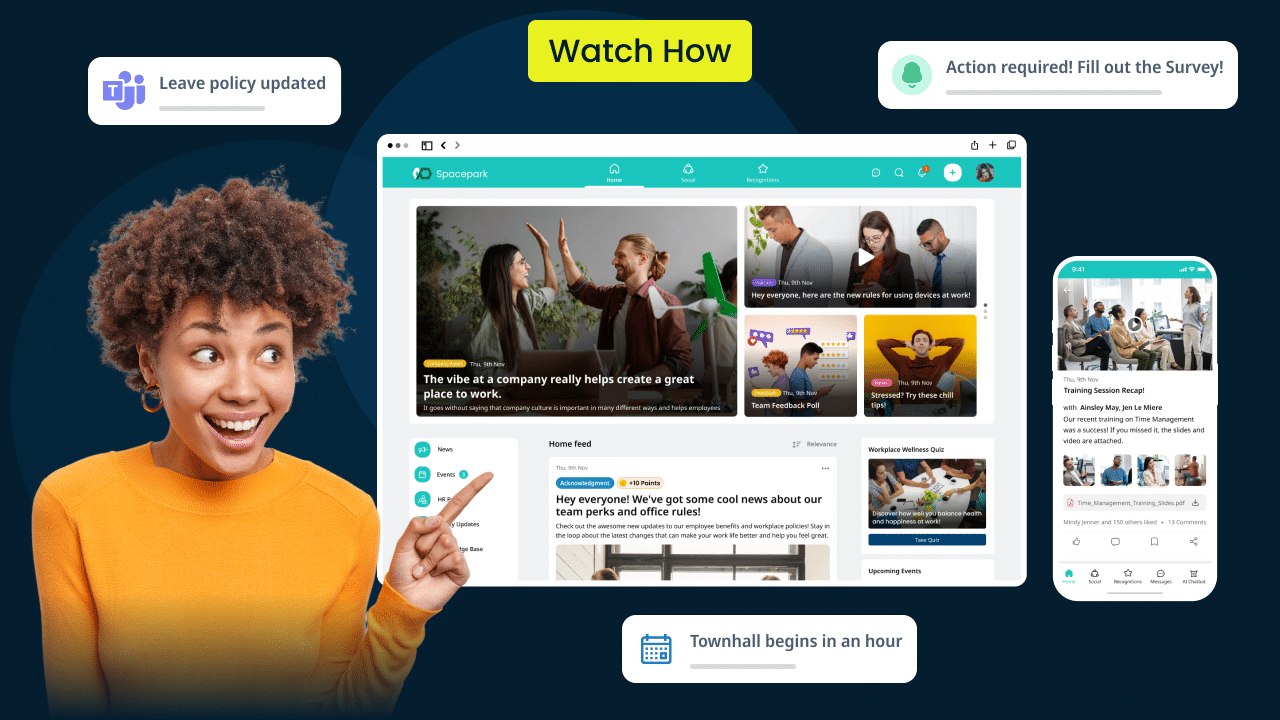In today’s fast-paced business, efficient communication is key to an effective company. In order to ensure efficiency and participation, it’s vital for employees to be able to interact seamlessly regardless of whether they work at a distance, in person, or utilizing a hybrid model. Business communication software is crucial in this in this regard. The investment in internal communication software will help to reduce confusion and help to create an environment that is based on openness, collaboration, inclusion and collaboration.

Image credit: hubengage.com
If you’re still using outdated email, chat apps that don’t work, or other communication channels which are a mess It’s time to consider modern platforms for internal communications. These tools can help to simplify your communications and better align your workforce.
The reason why businesses require advanced communication Tools
Bulletin boards and emails are no longer the primary ways of interacting with employees. Nowadays, companies operate in a world that is characterized by instant messaging, real-time collaboration and online workplaces. Without the right tools for internal communications, businesses risk miscommunications, disengagement and a decrease in effectiveness.
1. Engaging employees to be more engaged
One of the most difficult issues in today’s work environment is keeping employees motivated and engaged. A well-structured internal communications software ensures that all employees regardless of their location feel included and heard. Features like:
Real-time announcements.
Interactive feedback polls.
Recognition programs for employees.
Platforms for mobile communications
Assisting companies in creating an environment of belonging for their employees will result in increased productivity and job satisfaction.
2. Reduce workplace confusion and increase Clarity
When employees don’t receive clear communication, misunderstandings happen. This can lead to delays in work deadlines, anger and duplication of efforts. Business communication software can help:
Centralized information exchange: Employees are capable of accessing documents, resources, and updates through a single area.
Task and project tracking tools Everyone knows what their job is and what is expected of them.
Clearer workflows – Eliminates obstructions to projects and ensures that they move smoothly.
Businesses that have organized internal communication platforms discover that employees work more efficiently and are more confident.
3. Transparency & Culture within the workplace
A healthy company culture is built on trust and open communication. Employees who feel informed about the company’s objectives, updates and changes are more likely be engaged.
Modern software for internal communications provide features such as:
Videos of leadership messages – Direct communication from executives to employees.
Town halls for employees and Q&A Sessions. This encourages two-way communications.
Recognizing the hard work of employees by recognizing and rewarding them.
Through encouraging dialog that is honest and transparent business can decrease employee turnover and build a committed workforce.
4. Supporting Remote & Hybrid Work Models
The old ways of communicating are not sufficient anymore because companies are moving to remote and hybrid working setups. Wherever the team members are working they should be able to access their information immediately to their files, conversations, or meetings.
Cloud-based internal communications software enables:
Seamless collaboration across different time zones.
Document sharing is made simple, as well as co-editing in real time.
Integrate videoconferencing and virtual meetings.
Apps for mobile communications.
Companies that use internal communication platforms that are designed specifically for remote teams have more productivity and better collaboration when over those who rely on outdated communication methods.
5. Improvements to Crisis Management & Business Continuity
Emergencies can strike anytime, regardless of whether it is an attack on a computer, market disruption or reorganization of a business. A robust business communications software makes sure that employees are provided with immediately updated information, safety guidelines, and necessary instructions during the event of a crisis.
Modern communication tools that are designed for internal use offer:
Instantly receive push notifications of important alerts
Automated messaging workflows can help employees through crises
Centralized knowledge bases, emergency procedures
A well-prepared business can minimize disruption, increase productivity, and make sure employees are informed about any unexpected events.
The Future of Internal Communication Software
Technology is constantly evolving, and so too do expectations about business communication software. Companies that make investments in AI-powered internal communication platforms are getting ahead through automation of repetitive tasks by analyzing the data of employee engagement, and personalizing communication strategies.
The most recent trends include:
AI chatbots to provide instant help to employees
Analysis of sentiment to assess workplace morale.
Dashboards interactive with real-time analytics of communications.
Businesses can boost efficiency and teamwork with the help of innovative software that is intelligent.
Final Thoughts on Choosing the Best Internal Communication Platform
If your business is suffering from poor communication as well as disengaged employees or unconnected workflows perhaps it’s time to revamp your internal communications tools. The right business communications software not only helps teams stay connected, but also transforms workplaces into a center for collaboration with transparency, engagement and collaboration.
For companies that wish to compete, keep the top employees, and create a vibrant workplace culture, investing in modern internal communication software has become a necessity.
Are you searching for the ideal platform to facilitate internal communications within your organization? Find solutions that can deliver real-time messages, mobile accessibility and leadership engagement.
